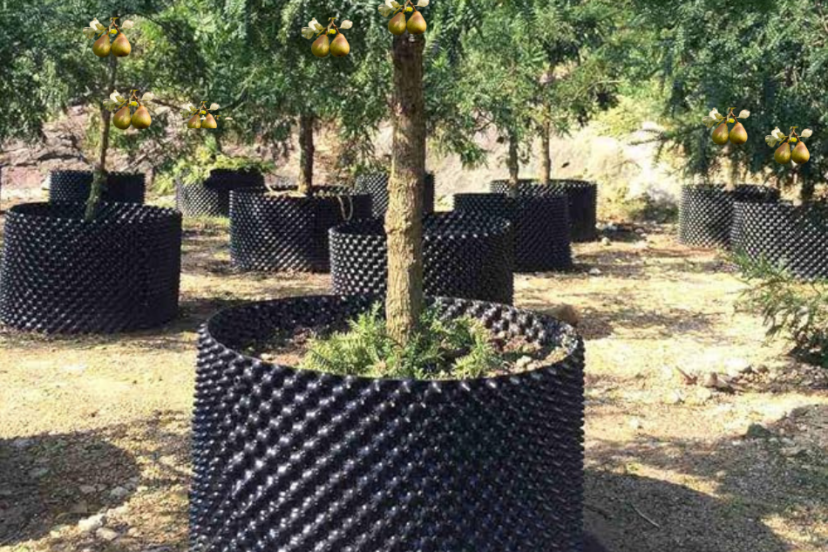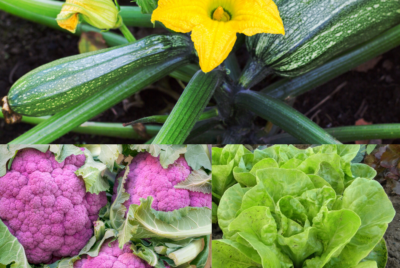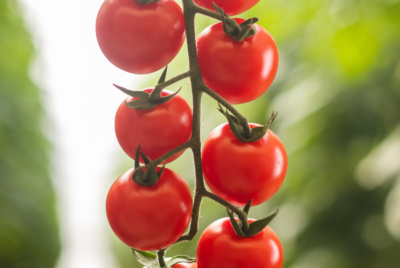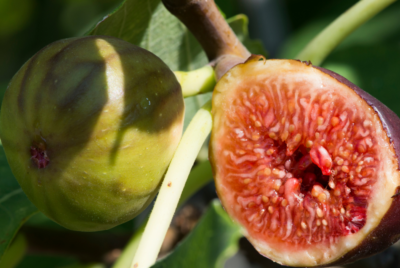How To Successfully Grow Pear Trees In Pots – A Step-by-Step Guide
Many gardening enthusiasts dream of having fresh, sweet, juicy pears right from their own backyard. If you have limited space, fear not! With the right knowledge and care, you can successfully grow pear trees in pots. This guide will take you through step-by-step instructions to ensure your pear tree thrives and bears delicious fruits. From selecting the right container to providing proper sunlight and care, you’ll soon be enjoying your homegrown pears.
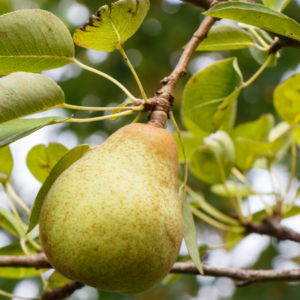
Key Takeaways:
- Choose the Right Pot: Select a large container with good drainage to plant your pear tree in.
- Select the Right Variety: Choose a dwarf or mini pear tree variety that is suitable for container growing.
- Provide Adequate Sunlight: Place your pear tree in a sunny spot to ensure proper growth and fruit production.
- Regular Watering: Water your pear tree regularly to keep the soil moist but not waterlogged.
- Pruning and Fertilizing: Prune your pear tree annually and provide regular fertilization to promote healthy growth.
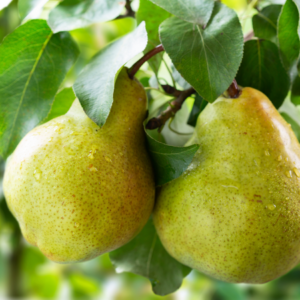
osing the Right Pot
Size and Material Considerations
Considerations before choosing a pot for your pear tree include size and material. It’s important to select a pot that provides enough room for the roots to grow and develop. Additionally, the material of the pot should be durable to withstand the outdoor elements.
Drainage Essentials
For successful growth, adequate drainage is vital when choosing a pot for your pear tree. Without proper drainage, excess water can accumulate in the soil, leading to root rot and other health issues for your tree. Make sure the pot has drainage holes at the bottom to allow water to escape.
To further improve drainage, consider placing rocks or broken pottery pieces at the bottom of the pot before adding soil. This will help prevent water from pooling at the roots of your pear tree, promoting healthy growth and preventing waterlogged soil. Note, good drainage is key to the overall health and vitality of your pear tree.
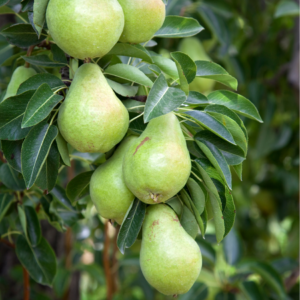
Selecting Your Pear Tree
Varieties Suitable for Pots
Even with limited space, you can enjoy growing your own juicy pears with dwarf or miniature pear tree varieties. These compact trees are ideal for containers and will still produce an abundant harvest of delicious fruit. Look for varieties such as ‘Bartlett,’ ‘Moonglow,’ or ‘Seckel’ that are well-suited to pot living.
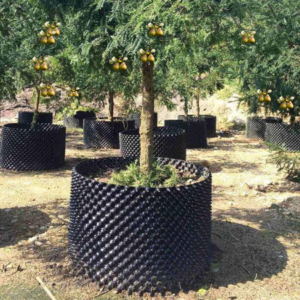
Where to Buy Healthy Saplings
Little saplings are the beginning of your pear tree journey, and it’s crucial to start with quality, disease-free specimens. Nurseries, garden centers, and reputable online sellers can be excellent options to find healthy pear saplings. Make sure to check for signs of pests or diseases before making your purchase.
While buying from your local nursery allows you to physically inspect the saplings before buying, online sellers often provide a wider selection of pear tree varieties to choose from. Ensure the seller has good reviews and guarantees the health of the plants during shipping to set yourself up for success.
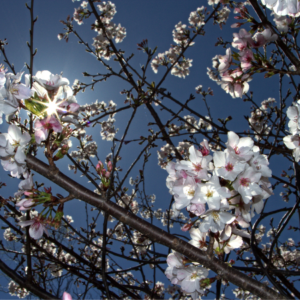
Planting and Caring for Your Pear Tree
Soil and Planting Techniques
After selecting a pot that is at least 20 inches in diameter and ensuring it has good drainage, you’ll want to fill it with a mix of potting soil and compost. When planting your pear tree, make sure the graft union is above the soil line to prevent rot. Consider an air pruning pot for greater harvests.
Watering and Nutrition Tips
Pear trees require consistent watering throughout the growing season. Some key nutrients that are imperative for their growth include nitrogen, phosphorus, and potassium. The soil should be kept moist but not waterlogged. The use of organic fertilizers can help provide the necessary nutrients for healthy growth.
Some important tips for watering and nutrition include:
- Water the pear tree regularly, especially during dry spells
- Use organic fertilizers to feed the tree
- Check the soil moisture levels regularly
The health of your pear tree is greatly dependent on adequate watering and proper nutrition.
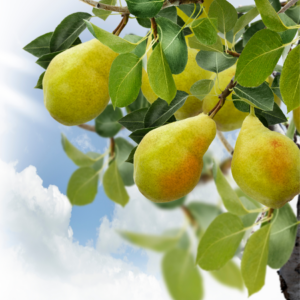
Pruning and Maintenance
Now, regular pruning is imperative to ensure a healthy and productive pear tree. Pruning helps in shaping the tree, improving air circulation, and removing dead or diseased branches. For instance, you should prune your pear tree during the dormant season to encourage fruit production in the following year.
Factors Influencing Growth
Now, let’s explore the various factors that can impact the successful growth of pear trees in pots.
- Climate and Location: Assuming you are in a region with adequate sunlight, consider the temperature and weather conditions suitable for pear tree growth in your area.
- Common Pests and Diseases: Any issues with pests like aphids or diseases such as fire blight can hinder the growth of your pear tree.
Climate and Location
Assuming you are in a region with adequate sunlight, consider the temperature and weather conditions suitable for pear tree growth in your area.
Common Pests and Diseases
Any issues with pests like aphids or diseases such as fire blight can hinder the growth of your pear tree. Influencing factors such as proper pruning and regular inspection can help mitigate these risks, ensuring a healthier tree.
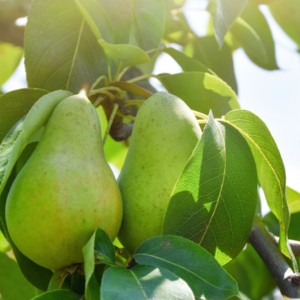
Final Words
With this in mind, growing pear trees in pots can be a rewarding experience with the right care and attention. By following the step-by-step guide provided, you can successfully cultivate healthy pear trees and enjoy fresh fruit from the comfort of your own home. Remember to provide adequate sunlight, rich soil, and regular watering to ensure your pear trees thrive and bear delicious fruit for years to come. Happy growing!
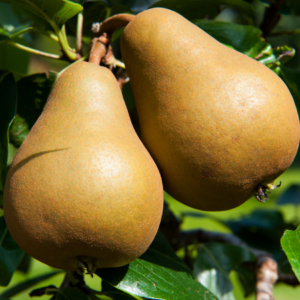
FAQ
Q: What are the benefits of growing pear trees in pots?
A: Growing pear trees in pots allows you to enjoy fresh, homegrown pears even if you have limited space. It also makes it easier to control the growing conditions and protect the tree from pests.
Q: What type of pot is best for growing pear trees?
A: Choose a large, sturdy pot with good drainage holes to grow pear trees. A 15-20 gallon pot is ideal to accommodate the tree’s roots and allow for proper growth.
Q: When is the best time to plant a pear tree in a pot?
A: The best time to plant a pear tree in a pot is in early spring, before the tree starts to bud. This will give the tree time to establish its roots before the growing season begins.
Q: How often should I water a pear tree in a pot?
A: Water your pear tree regularly, keeping the soil consistently moist but not waterlogged. In hot weather, you may need to water daily to prevent the soil from drying out.
Q: Do pear trees in pots need to be fertilized?
A: Yes, pear trees in pots need to be fertilized to ensure healthy growth and fruit production. Use a balanced fertilizer and follow the instructions for application to avoid over-fertilizing.
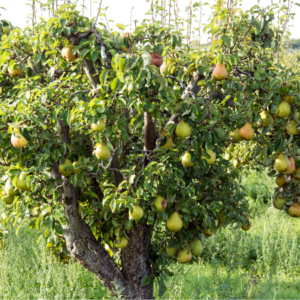
Growing Lime Trees in Pots with these Proven Methods
Tips for Growing Tangerine Trees
Have You Tried Growing A Citrus Trees from Pips
Step by step guide to Growing Oranges in Your Backyard
Beginners Guide to Growing Lemon Trees in your Backyard!
Stop Killing Your Store Bought Basil

